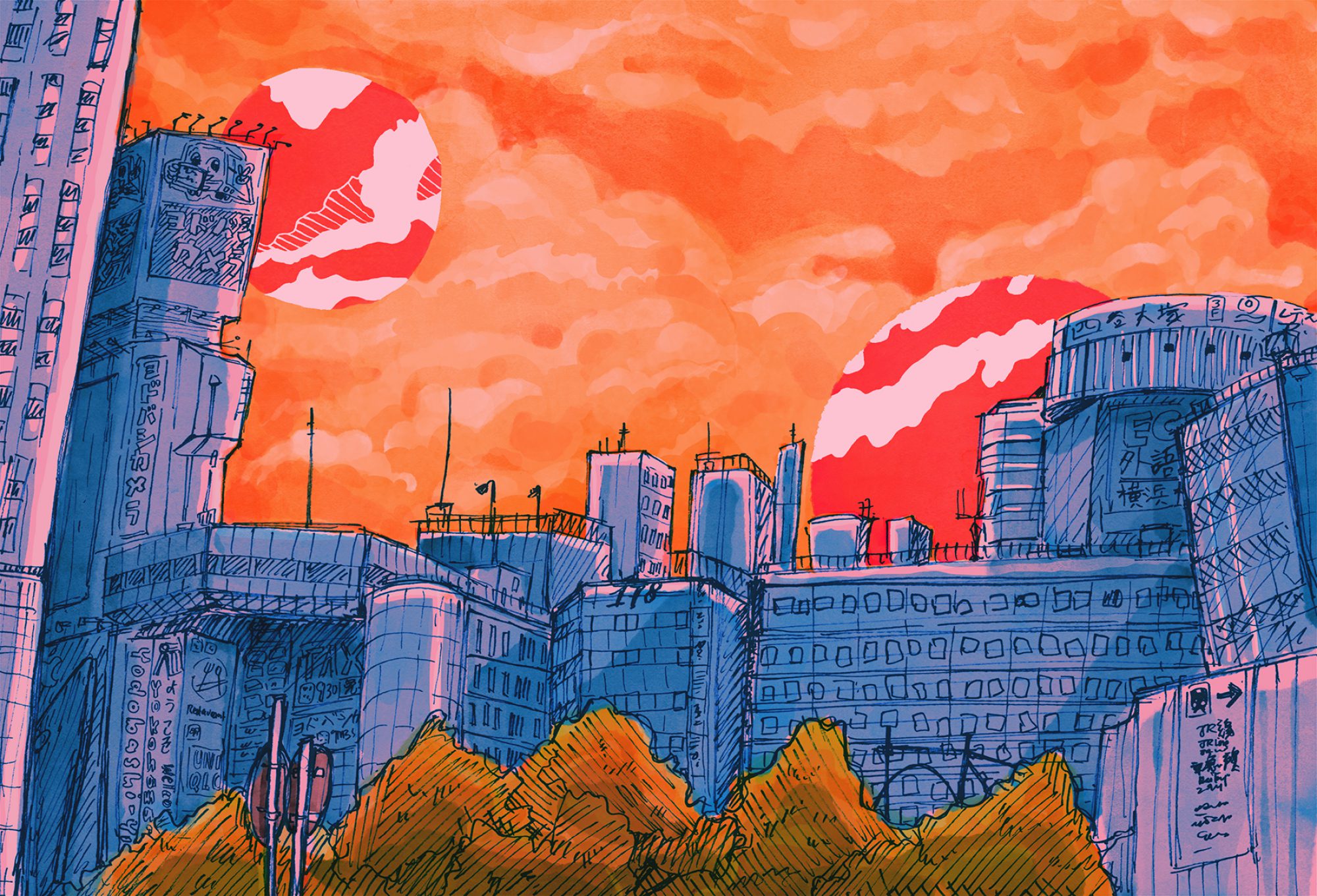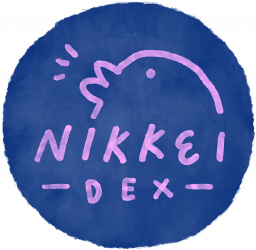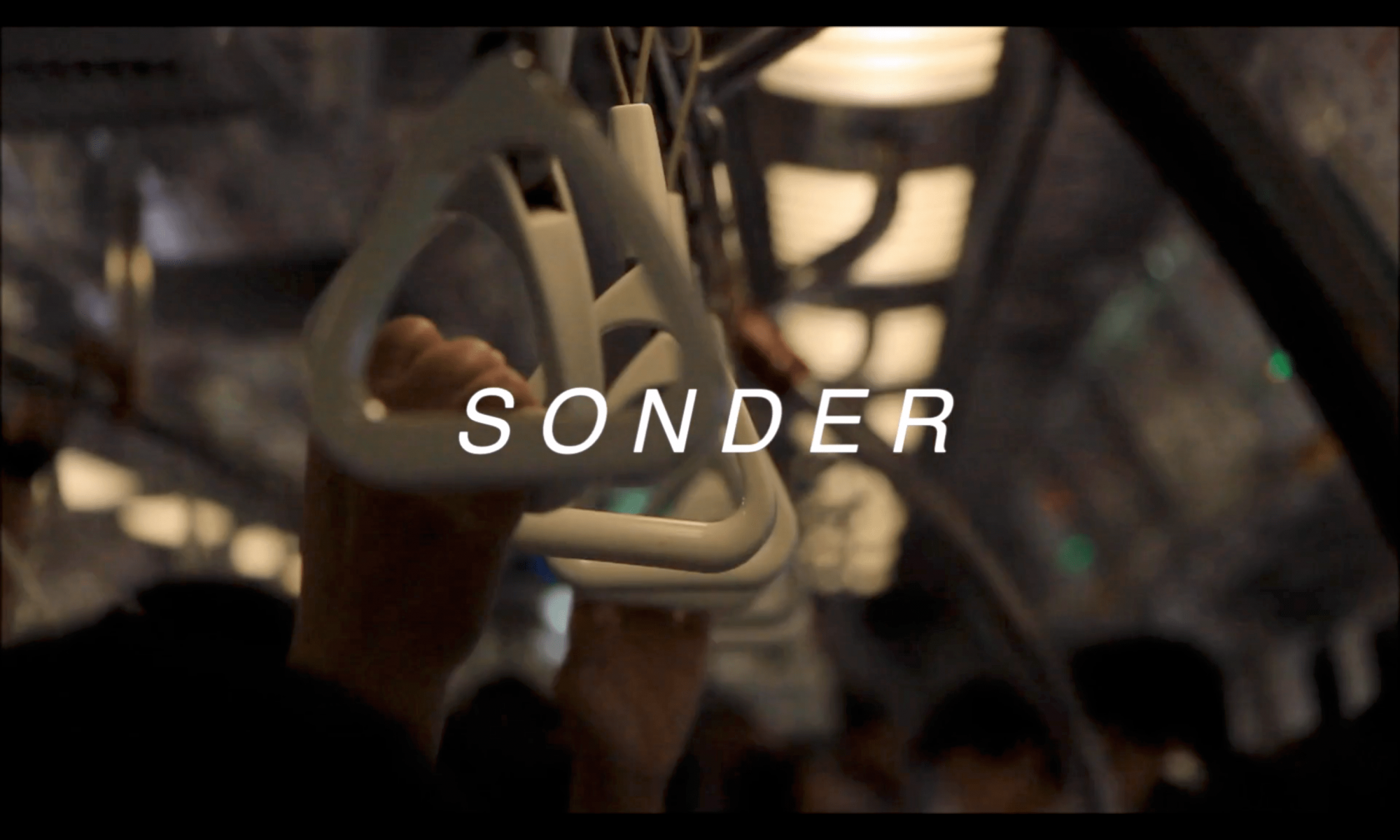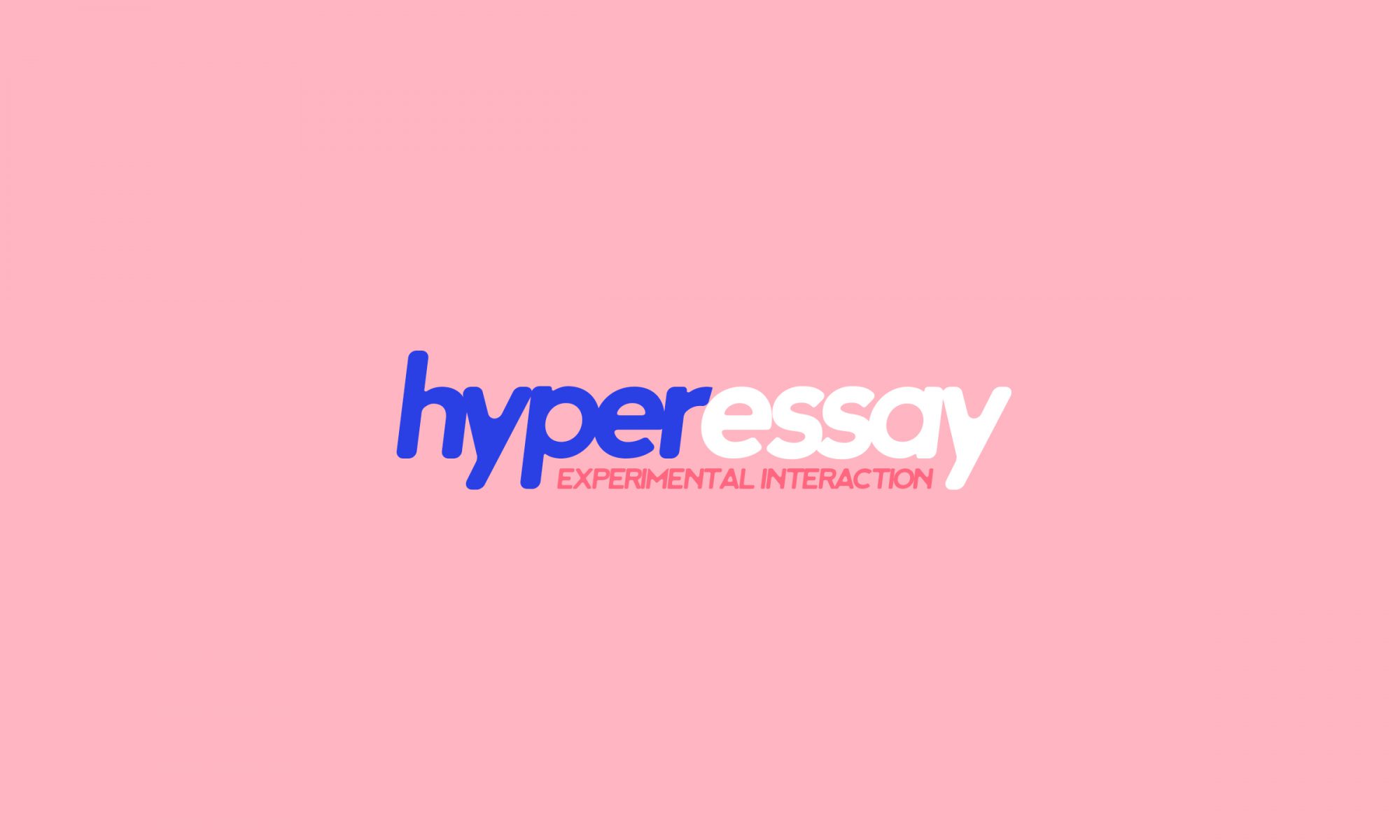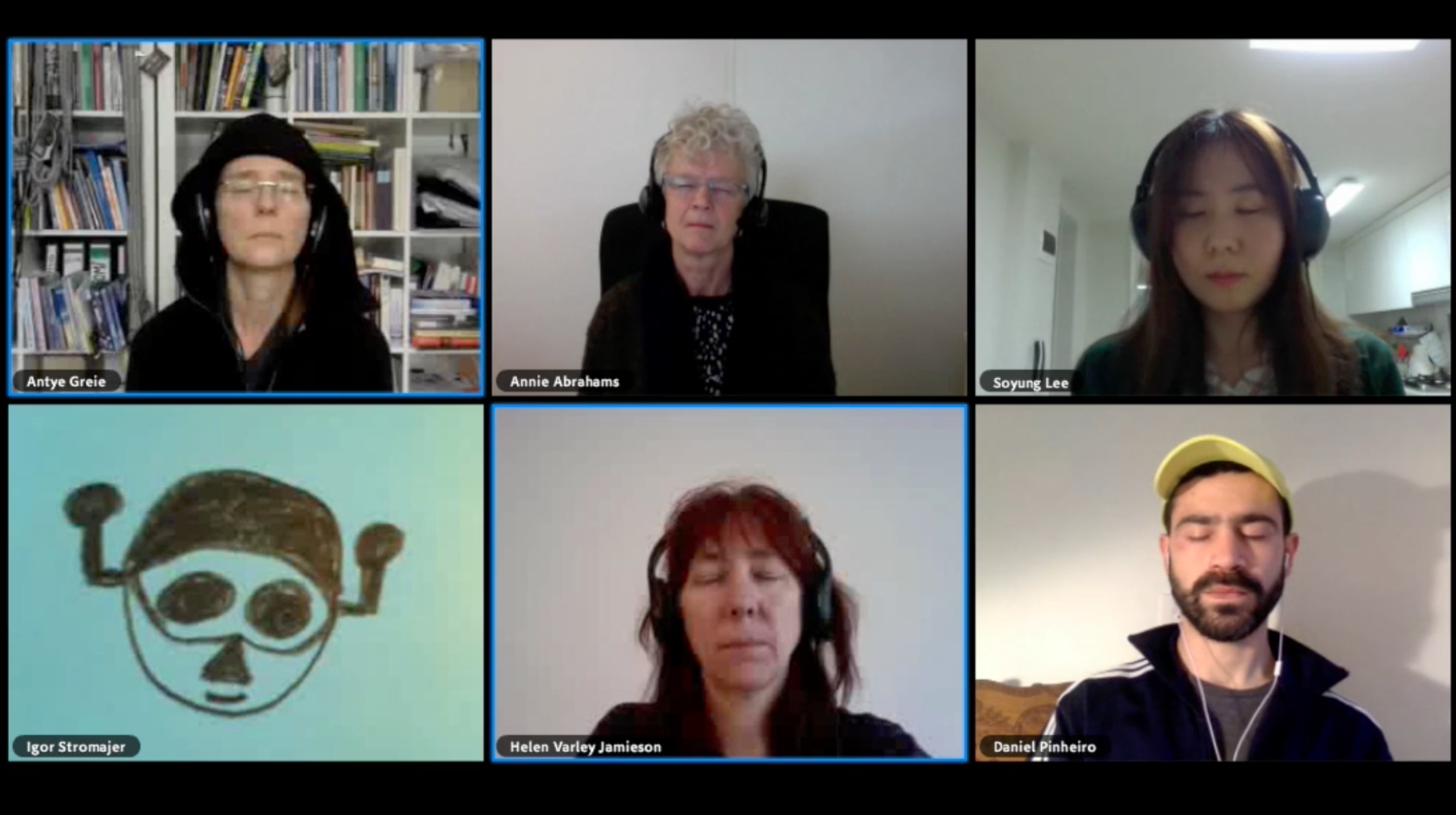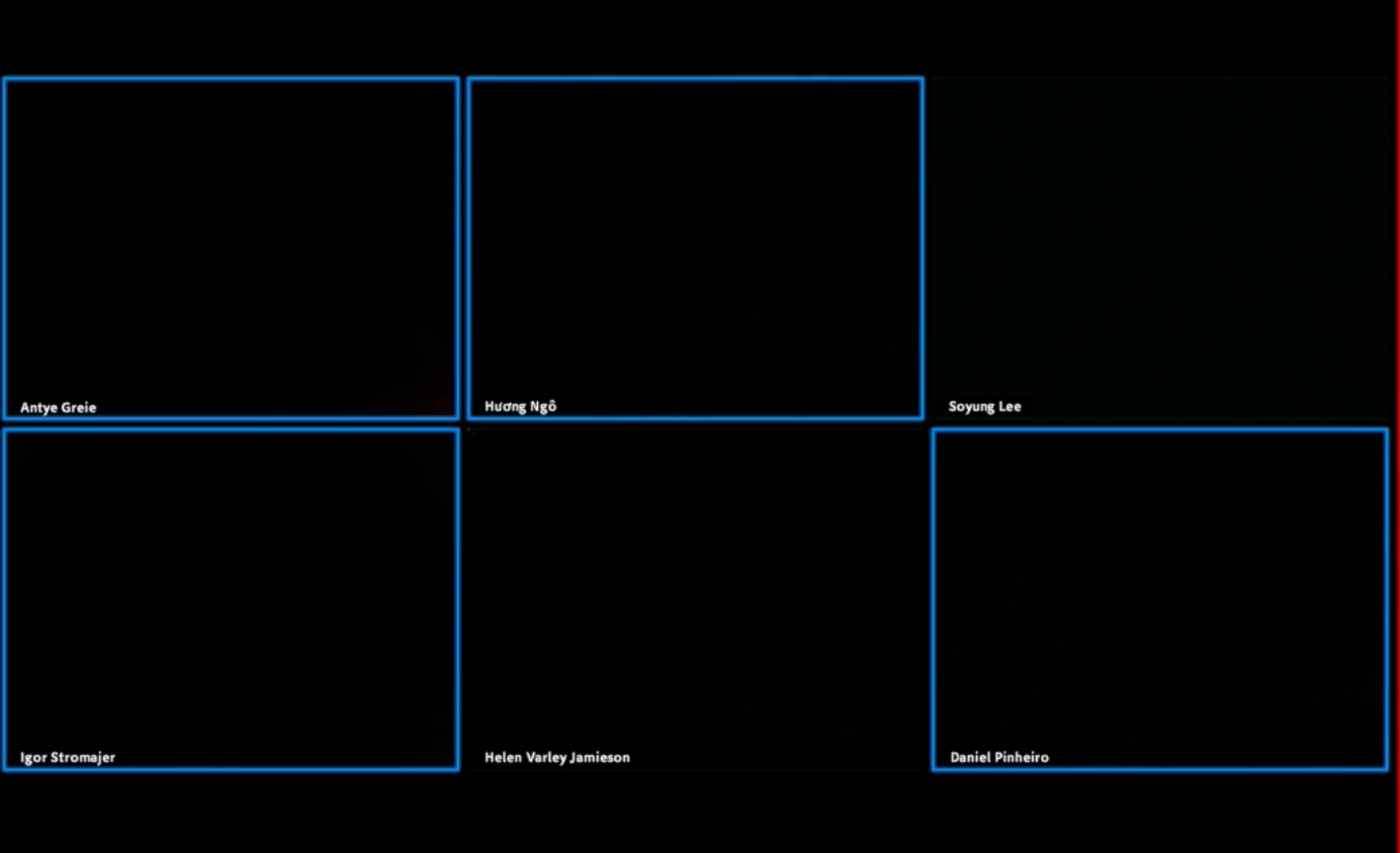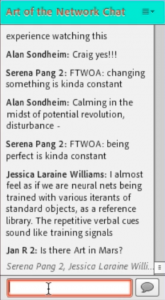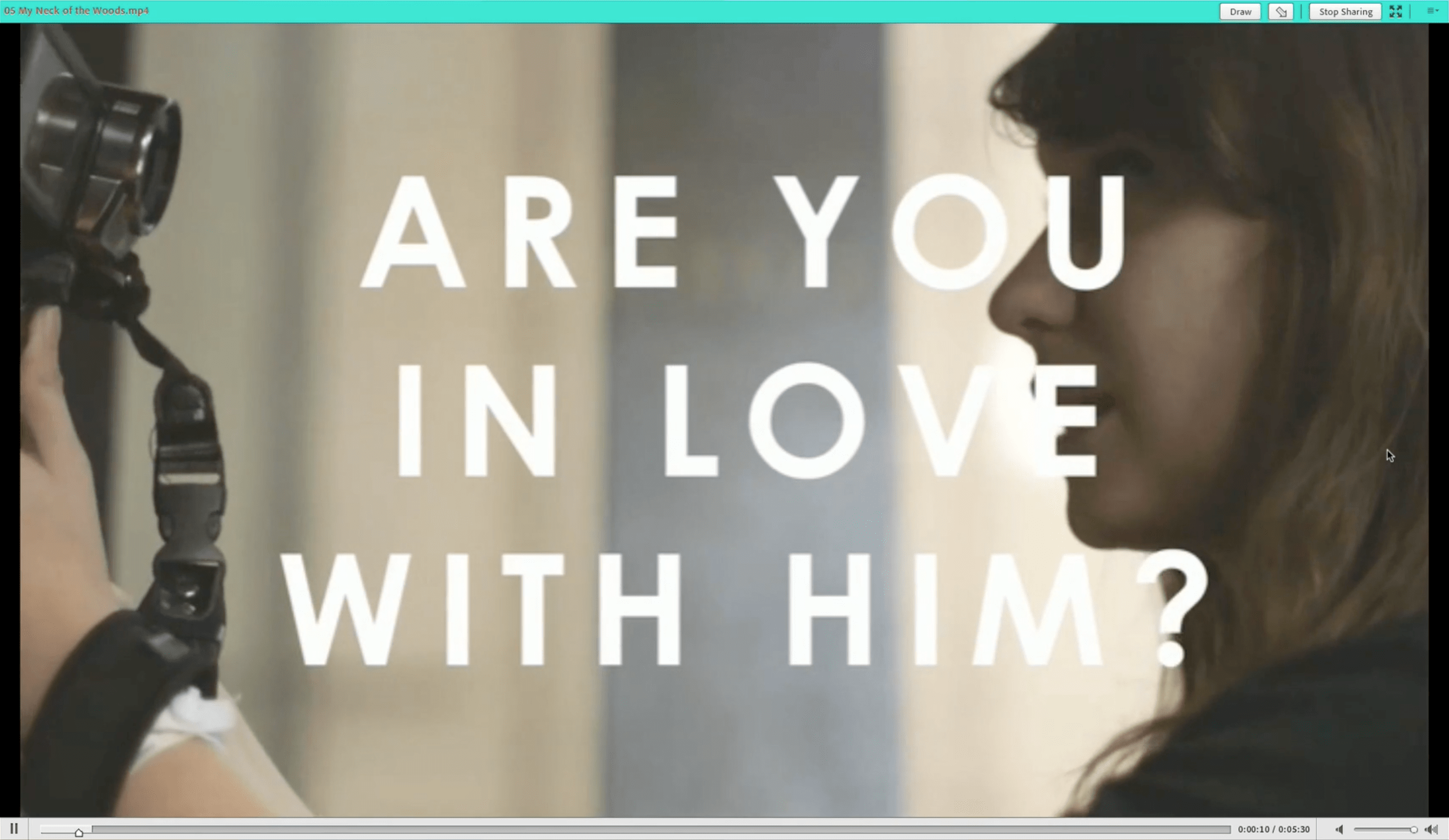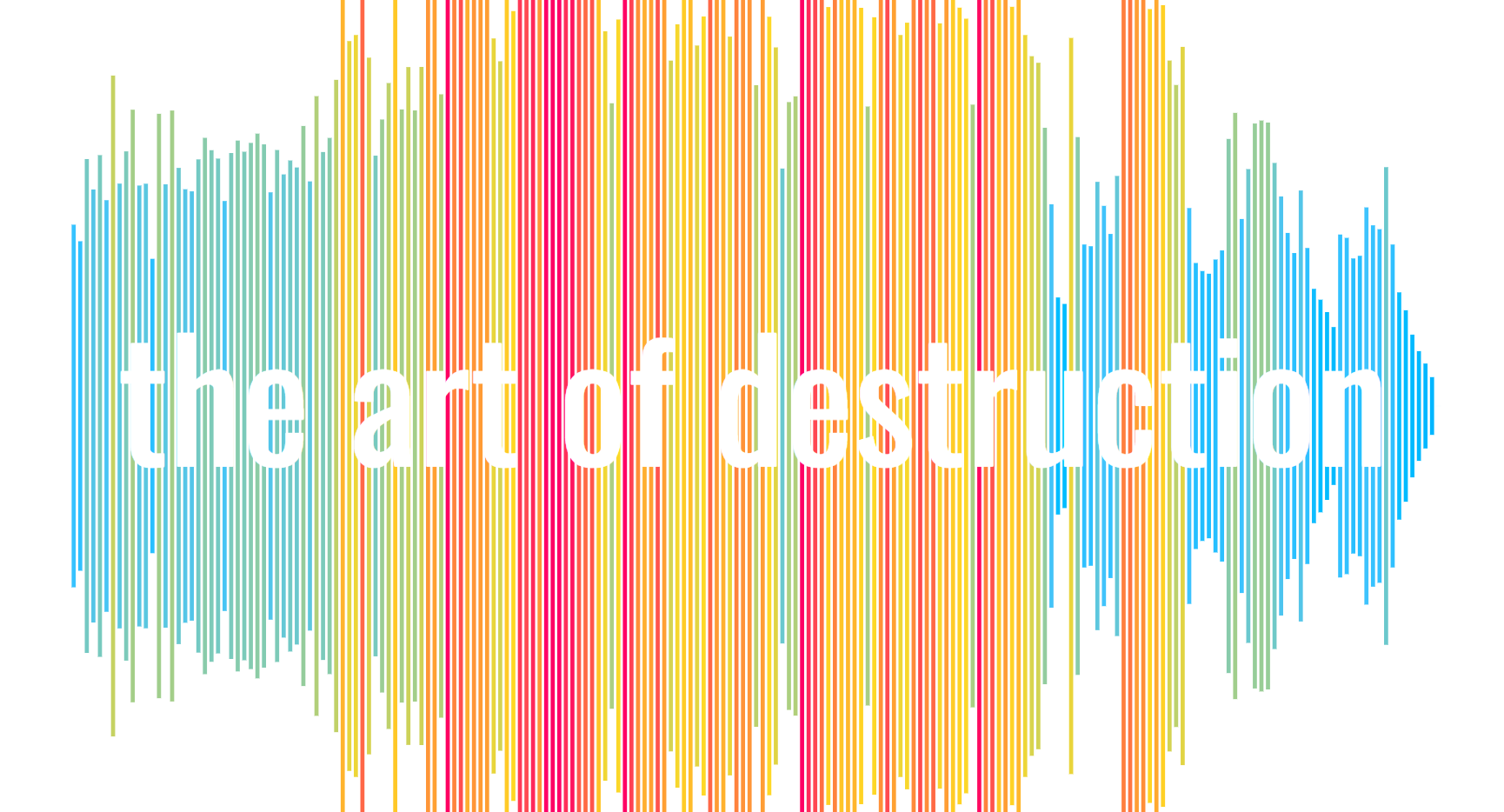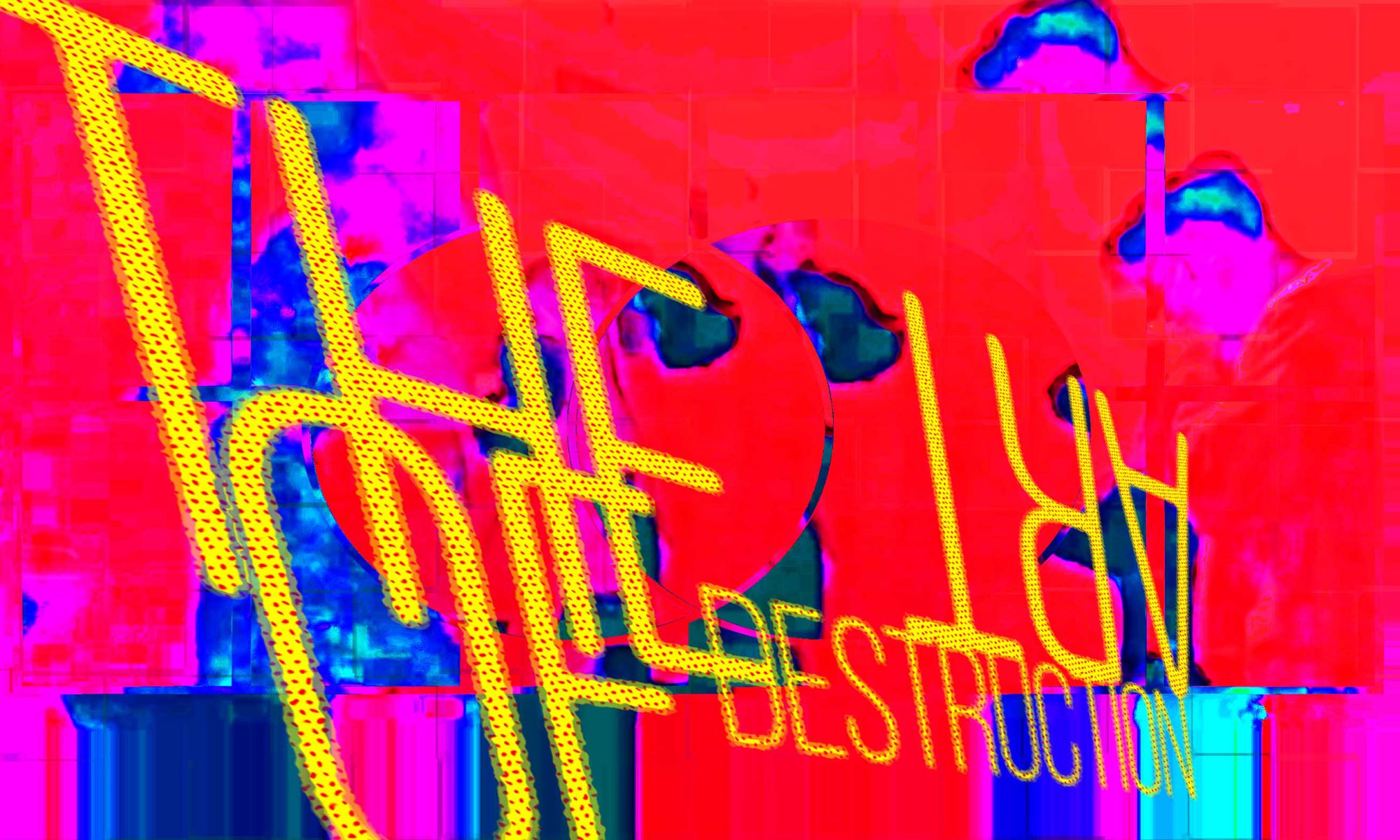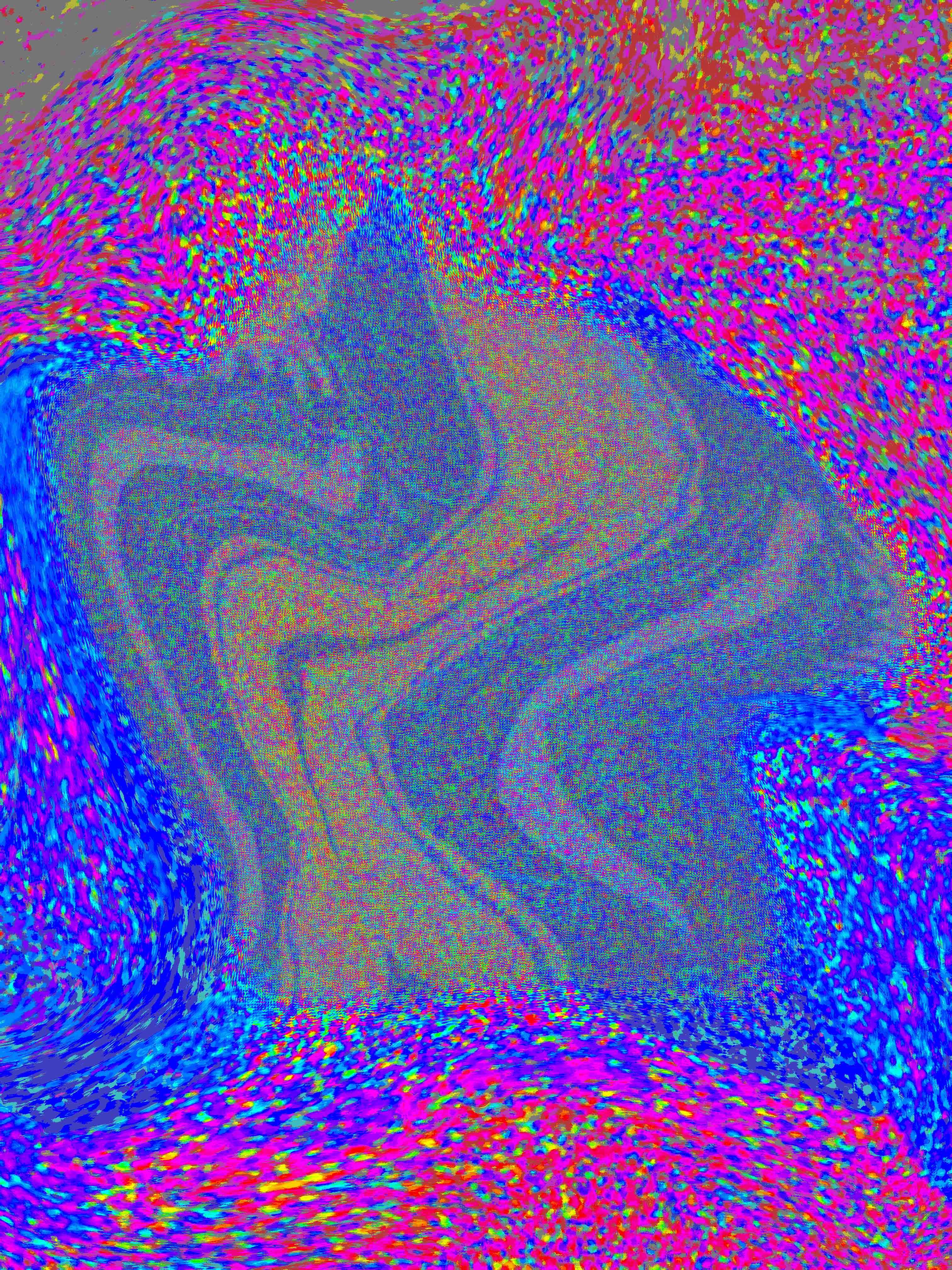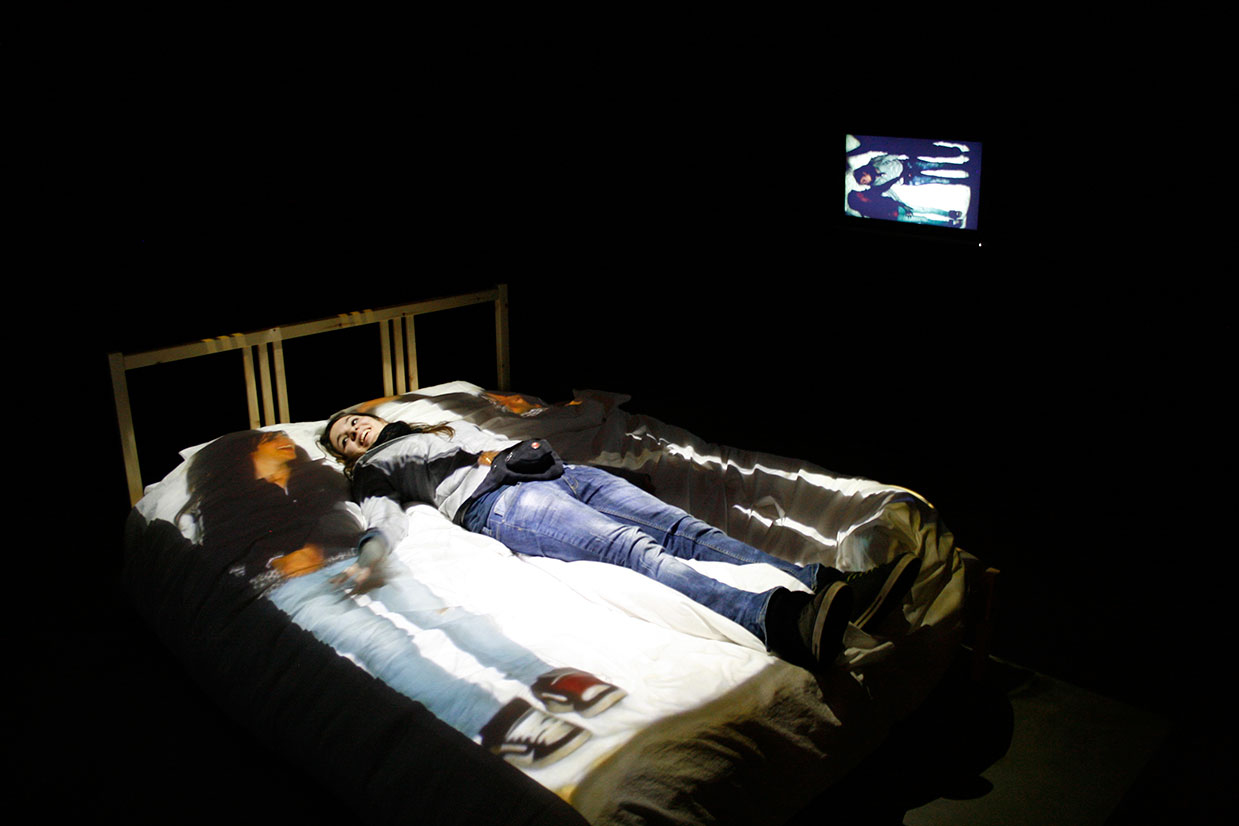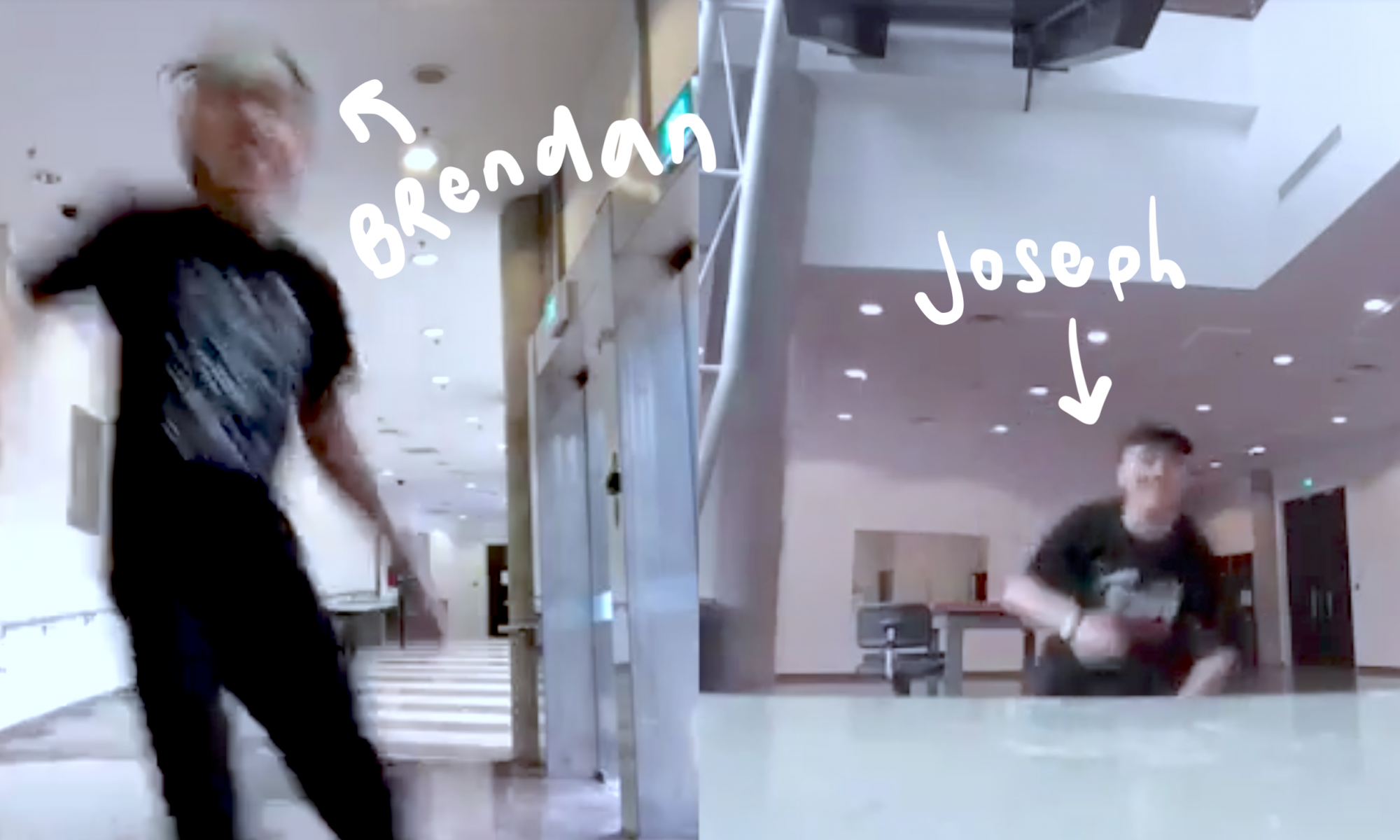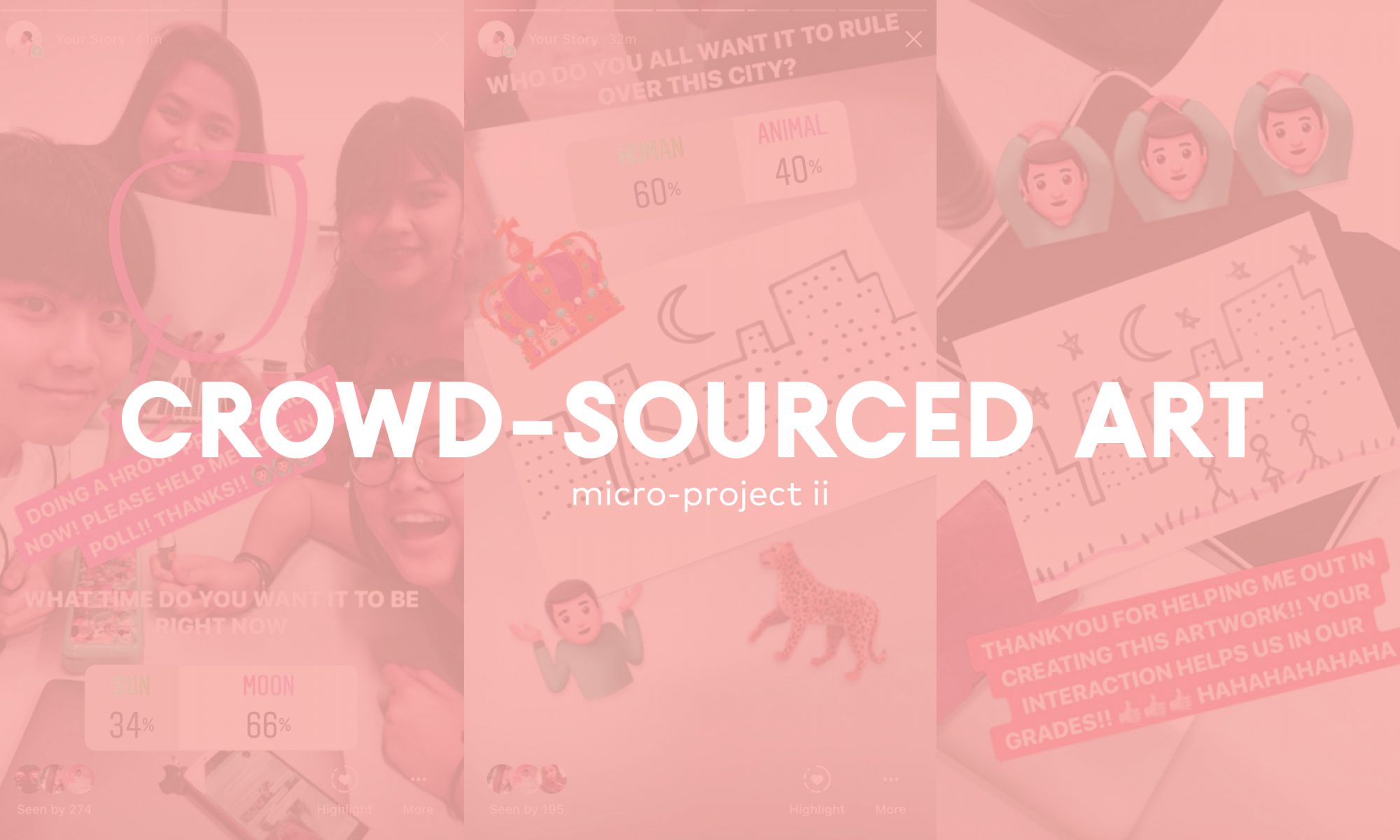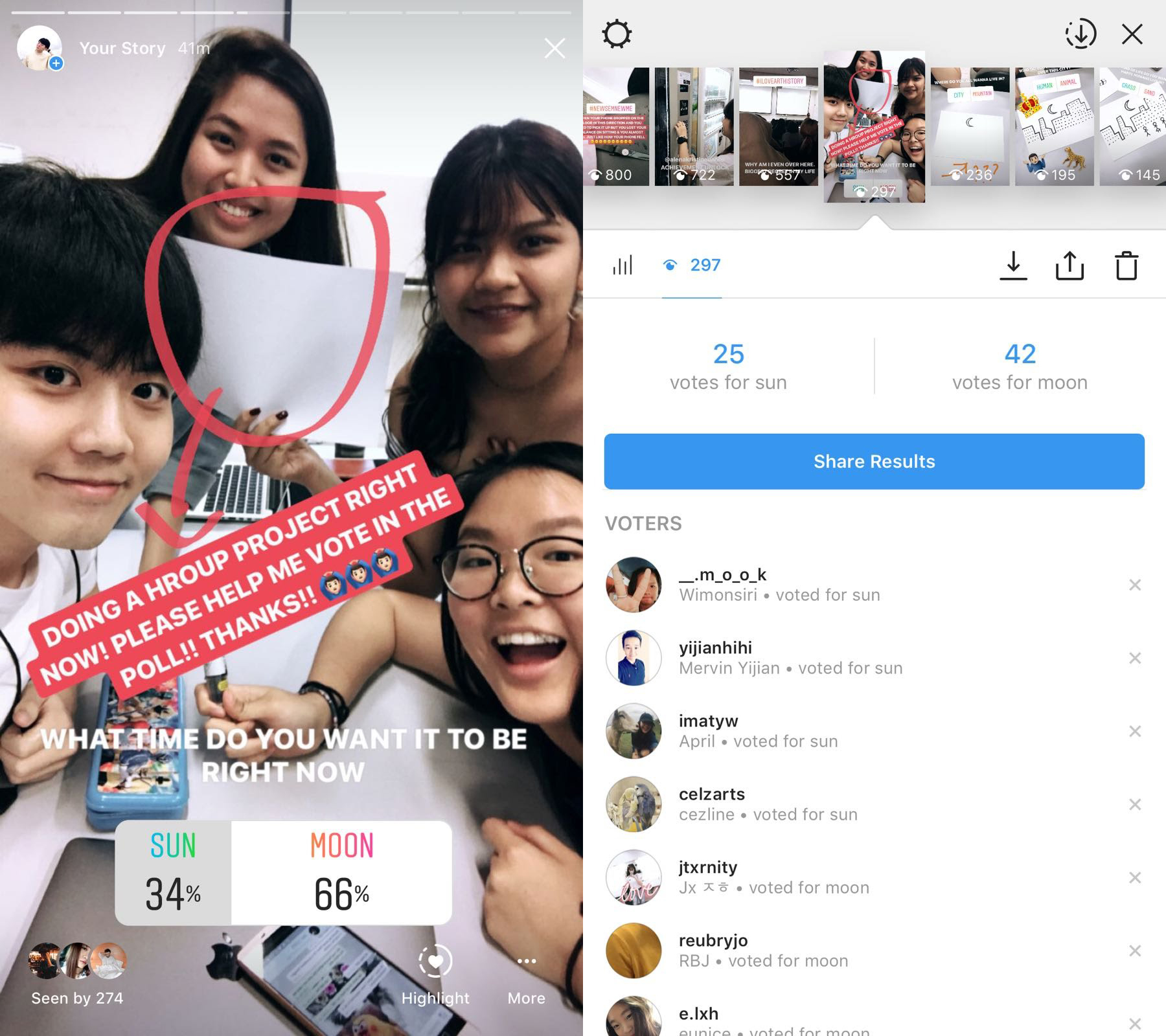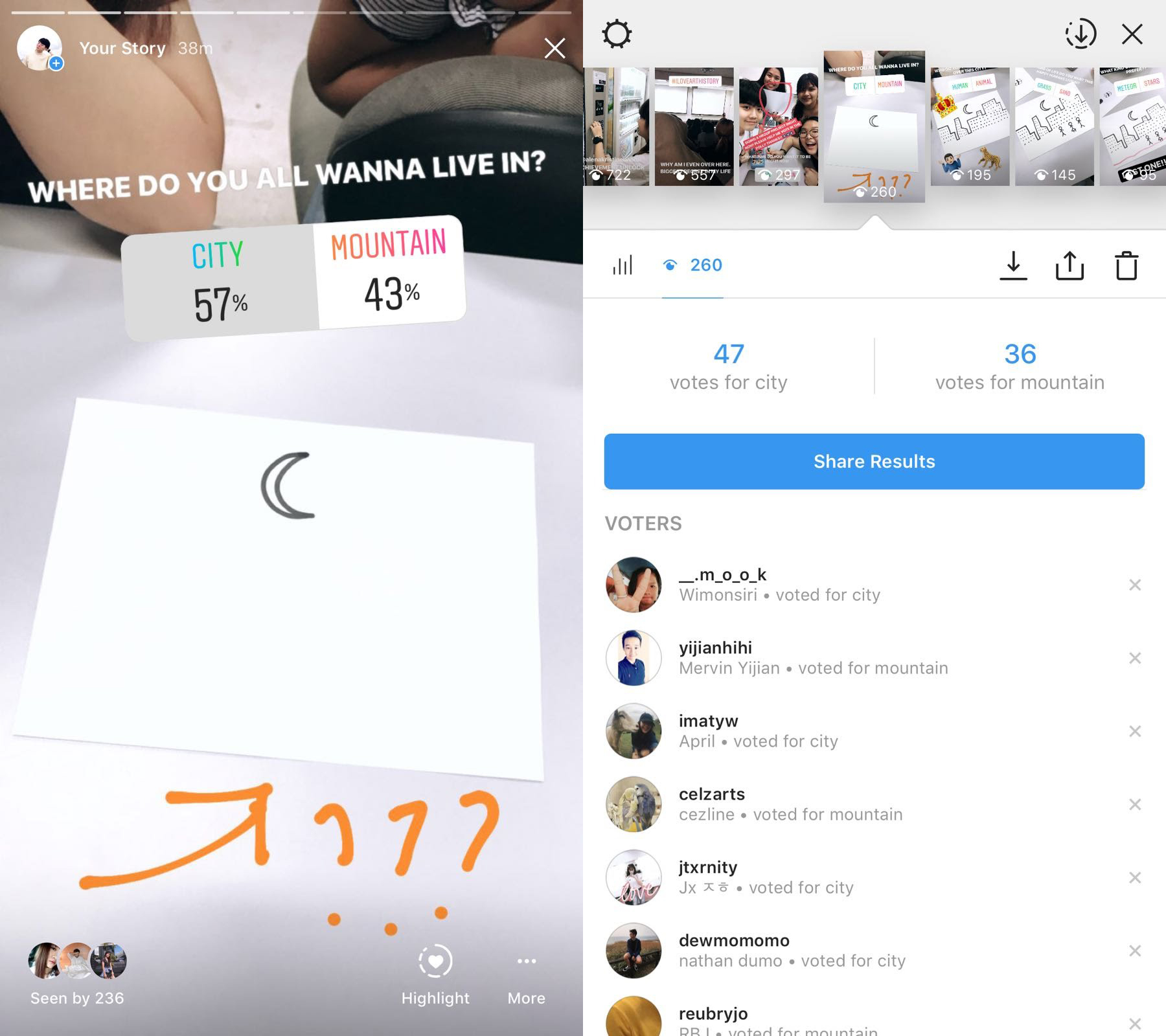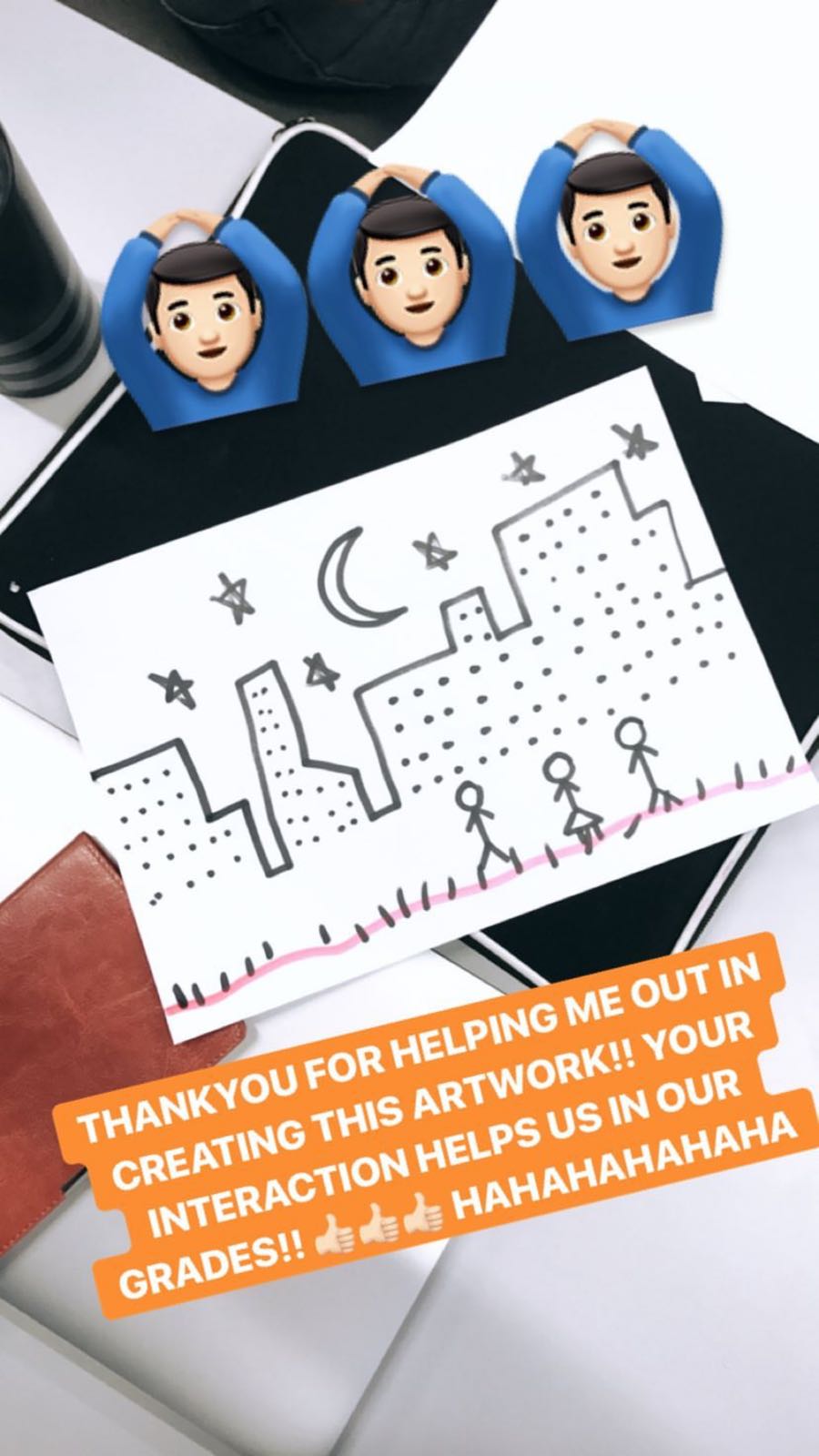project brief
As a project inspired by the work of Blast Theory, in groups, we had to create a piece of public performance art that played “off of real interactions with each other, Singapore, public, and media”. The artwork had to be site-specific, and partially scripted, with enough room for accidents and glitches to occur. It also had to incorporate the elements of the different micro-projects that we had been creating throughout the semester — namely DIWO (Do-It-With-Others), the Glitch, and the Third Space.
research
Initially, some of our inspo material included:
- The Shed at Dulwich: A fake restaurant that gained popularity through its eccentric menu items, fake online restaurant reviews and “experimental” dining experience that tricked people into believing it was real.
- Big Brother: A survival gameshow in which people were locked into houses with other strangers, and interactions between them would be viewed by external audiences who could vote them off.
- Butler Cafes: Cafes where the ‘butlers’ would address customers as masters, and play along with fake narratives that the customers would be free to come up with.
initial ideas
- Pillow Talk: People in a bunk hostel would talk to one another anonymously, in a sort of personal pillow fort that would create a sense of intimacy with one another.
- Real Life RPG: We would become RPG characters that could be guided around a space by our audience based on their commands.
“Final idea”: labyrinth
So we finally agreed on a specific interactive game whose name in the works was “Labyrinth”.
- Location: Bugis Street
- Number of players: 6 people who are strangers to one another
- Duration: Hopefully around 1 – 1.5h
- What exactly was the game about
- A sort of ‘catching game’: The 6 players are split into 3 pairs, and of each pair, one is designated the ‘Renegade AI’ and the other the ‘Guard/Chaser’.
- They would start on two different levels in Bugis Street.
- The Renegades’ task is to run away from the Guard (neither of them know who the other looks like).
- Renegades will have personal access to an Instagram account (the Third Space aspect). While they run they are required to take a picture of the space around them every 10 minutes. All Renegades will upload to the same account, meaning pictures will be jumbled up. (The Glitch aspect)
- The Guard is required to monitor the Instagram account to track down where the Renegades are — but they need to find their specific Renegade using a “Finish the sentence” passcode.
- The Renegade will have access to a group chat with the facilitators (us), where we will give them clues to go to specific locations within Bugis Street to complete missions tailored to the location while they are running away. Their missions will be monitored by us as well.
- The Guard will have access to a group chat with the other Guards at the same time. If ever they spot or catch another Guard’s Renegade, they are free to coordinate within themselves.
- If the Guards catch the Renegades, the Guards win. If the Renegades manage to make their way to the final pitstop, they win. Interaction will take place at the end of the game when everyone is together.
test run — sat, 7 april 2018.
We were really scrabbling find players for our test run, so in the end we had to settle for 2 players only instead of 6. The 2 players were Sihui’s friend, Daniel, as the Guard/Catcher. The Renegade was Yinghui’s friend Zihan.
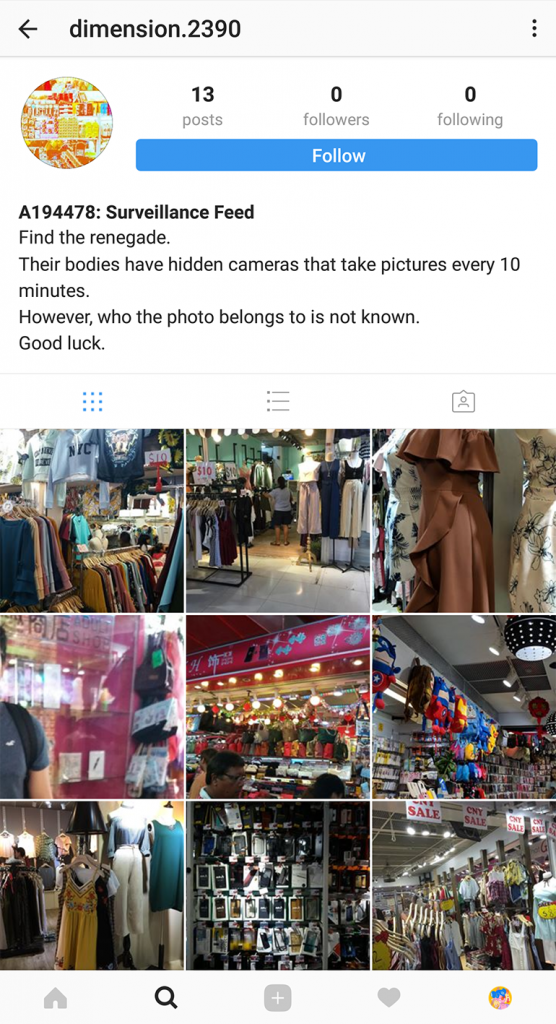
We actually came up with the clue ideas at the last minute, and went ahead with the test run. The four of us (excluding Maythu) were located at each station to monitor their whereabouts. I was located outside the Bugis tattoo parlour. Here’s a video of me trying to monitor Zihan and Daniel (who eventually got caught aaa). Zihan was the guy with the backpack whereas Daniel was wearing a checkered shirt!!
Basically!!! The run was pretty much a failure. Zihan got caught pretty fast in the middle of the third mission (out of five) in like 1.5h, Daniel managed to catch me as I was?? Super obvious in filming Zihan?? Help. Apparently the Instagram feed wasn’t helpful at all to Daniel, and the game just wasn’t interactive enough within payers. It was already a giant hassle trying to coordinate one pair, so three pairs was….wow…
The game just wasn’t fun if it was simply one person completing missions (even though they were meant to be funny) without any company that they were familiar with. There wasn’t the thrill of competing with someone you knew.
Basic, biggest problem: There was no objective in the game. Zihan was pretty confused as to why he was carrying out all the missions in the game. There wasn’t any solid motivation for him to finish the game.
BACK TO THE DRAWING BOARD 🙁
We realised we had to come up with a fresh new idea that could be completed within the coming weekend as we only had 10 days to the deadline after our failed test run. AAAAA. So we went back to our original ideas about Pillow Talk. After a 2h 20min Skype call we finally came up with a simpler plan. Continue reading “[Glitch Singapore] Sonder — Final Project!”
